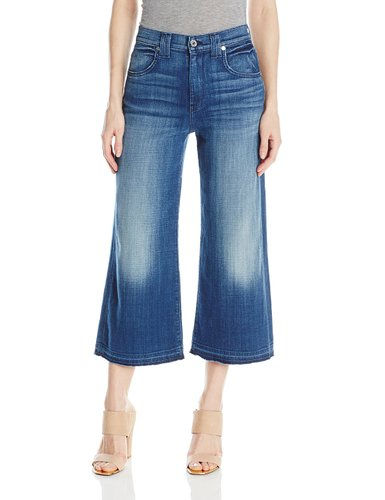Examples of Planned Obsolescence in Clothing

Do you know what your cothes are made of? It is easy enough to say that they are made out of cotton or polyester. However most of the time it's a mix of fabrics often intended to plan the obsolescence of your clothing. Brooklyn designers Flint and Tinder explain:
"The Flint and Tinder team overheard a conversation in a factory we were visiting. Someone was talking about using coarse thread with delicate fabric. Doing this accelerates the process of wearing holes into a garment as it goes through the dryer time and time again. It's a common trick of the trade. It's one of several techniques companies secretly use to ensure that if you like what you've bought, you'll be forced to replace it soon. In the manufacturing industry, this is known as planned obsolescence." - Good Magazine
As a result, every time you wash your clothes it will weaken the delicate fabric resulting in breakages and of course a repurchase.
A classic example of this would be the nylon stockings. Anyone who wears them understands they have to be careful of 'laddering'. When they were first invented people needed to buy one pair because they were unbreakable. New ones were bought only if they wanted a new colour/design. Companies started to realize they were losing an opportunity to earn money so they designed the ones they sell in stores now where stockings last one or two wears before we need to repurchase.
Another tactic used in the clothing industry is fast fashion, where customers are encoraged to buy the latest styles every week companies like H&M, Primark and ZARA are typical of using this tactic. At the same time they are "inspired" by/ripping off higher end, and therefore longer lasting, fashion clothing.

Original: Rag & Bone (left) Copy: Nastygal (right) Image from Fashionista.com

Original: Tom Ford (left) Copy: ZARA (right) Image from Fashionista.com

Original: Rag & Bone (left) Copy: Nastygal (right) Image from Fashionista.com
Media is encouraging fast fashion, every month introducing ever changing "must-haves" for example culottes, peplums, jeans - wide, skinny, low, high, dark, light, short, long, bells! Short lived = repurchase.

Image from Pintrest.com

Image from Amazon (Seven for All Mankind)

Image from Pintrest.com
More recently a worrying trend is to produce clothes so cheap that they are disposable. £2 T-shirts can just be thrown away, replaced and thus repurchased. This makes large profits for the companies but little money for the factory workers who as a result suffer in low paid jobs in risky environments - cheap fashion does not invest in its entire production chain.



